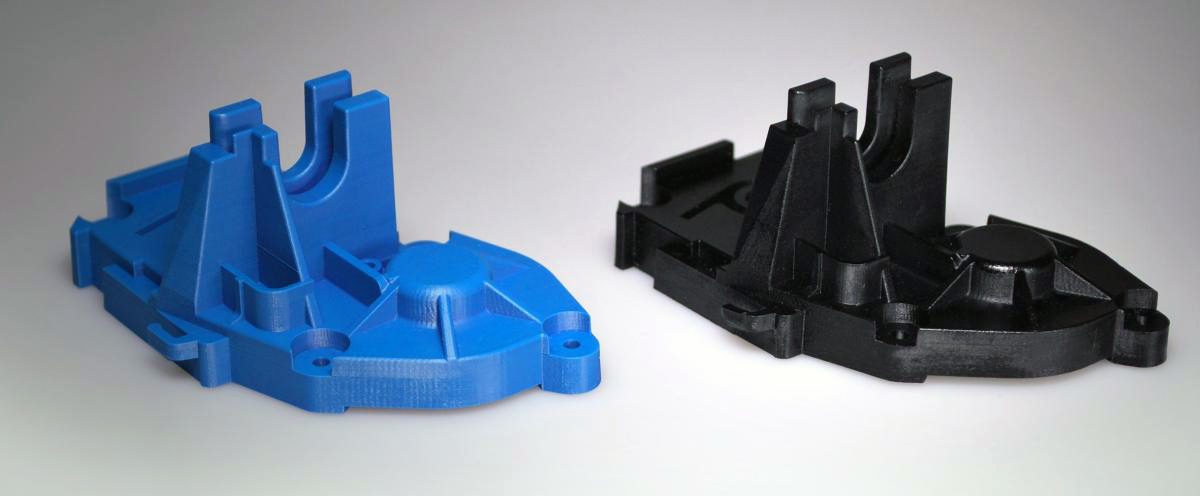On the one hand, Stratasys’ subsidiary Solidscape manufactures high-precision wax 3D printers. On the other, LSR’s Design Studio has a proprietary mold-making process using either silicone or metal. And, together? Well, they’ve joined forces to create a prototyping process that combines the two to significantly reduce product time to market.
Solidscape’s printing process is both additive (3D printing) and subtractive. LSR is a wireless product development company. The way the combination works is that, first, the Solidscape machine prints a wax pattern at a resolution of 5000 dpi, with no hand finishing. Next, prototyping experts at LSR, depending on what the part calls for, can either begin silicon tooling right away, or casting metal parts without the onerous task of finishing rapid prototype parts by hand.
To demonstrate the possibilities of their partnership, the duo performed a case study for an iPhone-compatible smart wearables product, in which they tested how much the cost per unit would drop by replacing brass parts with Solidscape’s lost wax castings. They found that the price dropped dramatically. Of course, this information is coming directly from the company promoting their new process, but, by putting the Solidscape wax patterns through the foundry process, they are providing a direct route from digital file to finished casting.
Fabio Esposito, Solidscape President, elaborates on the partnership, “We’re excited to collaborate with LSR on this new venture and to take rapid prototyping to the next level. With this new disruptive process, users can now go directly from machine to molding, expediting the time it takes to go to market.” By combining their two techniques, the companies tout the following improvements:
• 
• Parts fit together better, perfect tolerances
• Crisp and amazing detail
• Consistent quality on run of parts
• Less expensive, from $4,000 to under $200 per set of metal parts
• Much faster process
• Ability to make design changes without expensive tooling revisions or machining
• Ability to cast in any metal, allowing complete design flexibility
• Production worthy first articles for design review
The new process is targeted at those who want to create wax patterns for metal casting or mold making applications. I could see how this process could pique the curiosity of users across many industries such as aerospace, education, defense, industrial products, jewelry, medical and dental for the manufacturing of complex parts. For more details, you can watch the promo video below:




